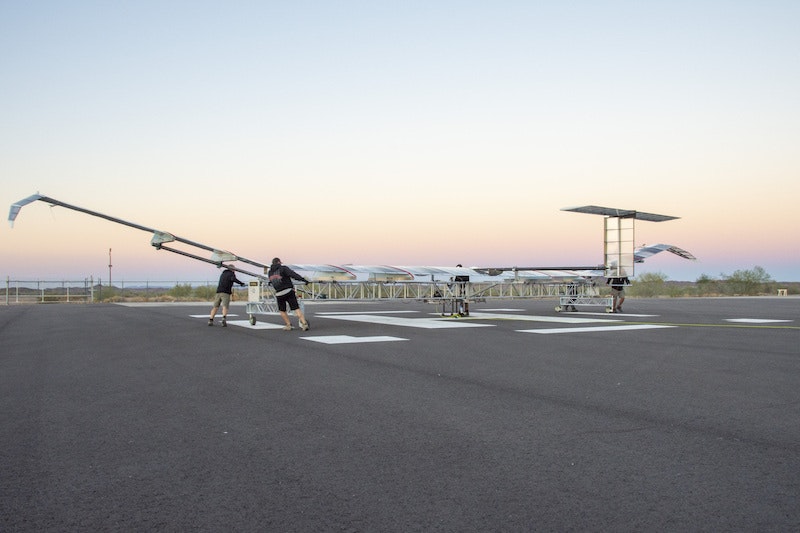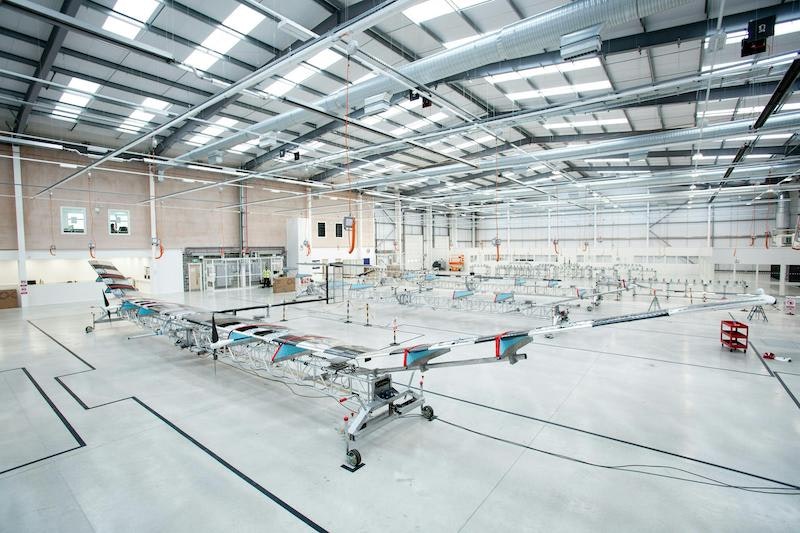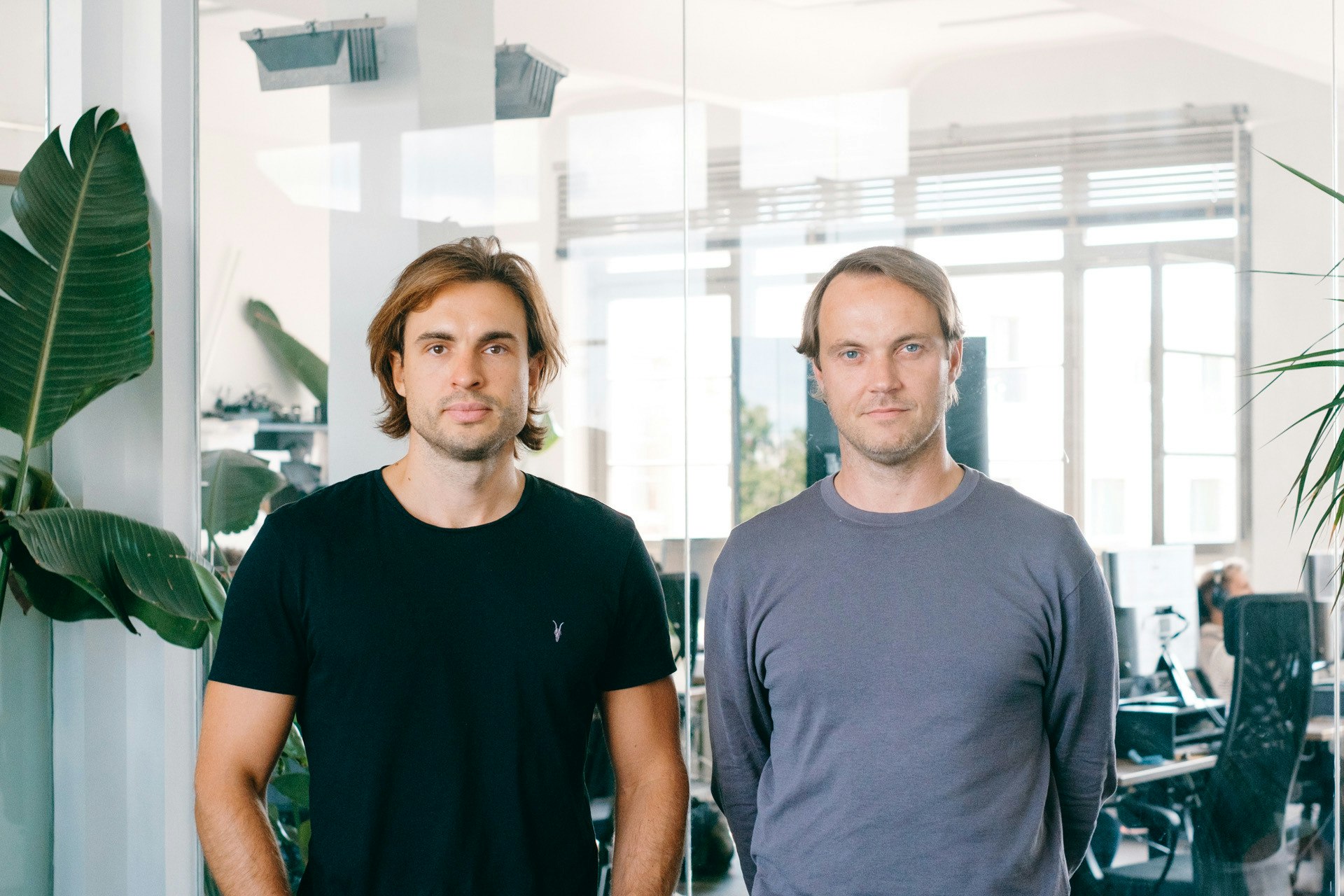Its wingspan is the same as that of a passenger plane but it weighs less than the average British adult. The Zephyr — which flies in our planet’s stratosphere — is one of a new crop of aircraft being built by startups and big businesses trying to monetise our skies, who say futuristic gliders like these could revolutionise wifi, as well as environmental and border monitoring.
“It’s a solar-powered plane which flies 60-80k feet above Earth, in the stratosphere, beyond regulated airspace,” explains Samer Halawi, CEO of Aalto, a startup that was spun out by passenger aircraft giant Airbus in 2023 to build and manufacture the Zephyr.
The gliders are launched manually, by a team of five, and take ten hours to slowly ascend to the stratosphere. Once there, the unmanned craft loiter in the same position.
Until now, the stratosphere has remained a little-explored area, above commercial airspace but below the heights where satellites fly. But this layer of our atmosphere is fast becoming a new frontier in the commercial space race, which could make us better prepared for events like floods and forest fires.
And, as the infamous Chinese spy balloon that was shot out of the stratosphere by the US last year demonstrated, innovation in this space could leave us more open to surveillance than ever.
A new kind of space race
Another company trying to get a plane into the stratosphere is defence company BAE Systems, which acquired solar-powered glider startup Prismatic in 2021.
The company’s aircraft, dubbed the Phasa-35, first flew in the stratosphere in July last year for a 24-hour period.

And it’s not just gliders.
Google’s parent company, Alphabet, launched an ill-fated venture in 2018 called Google Loon. It aimed to build balloons to fly in the stratosphere and provide wireless network coverage but shut down in 2021 due to a lack of profitability.
Japanese investment giant SoftBank is also working on a high-altitude, unmanned glider that will fly in the stratosphere, similarly aiming to offer internet connection. SoftBank started work on its craft in 2017.
The Zephyr: 20 years in the making
The Zephyr, the craft being built by Airbus spinout Aalto Haps, has been in development for over 20 years. It started as the brainchild of aviation pioneer Chris Kelleher who worked on the craft while at British defence company QinetiQ, before Airbus acquired the tech in 2013.
“In 2017, a series of milestones came together, in battery tech, solar tech and materials, that made the aircraft possible,” Pierre-Antoine Aubourg, Aalto’s CTO, explains from the company’s base in Farnborough, an English town with a long history of aviation.
Solar panels have become more efficient, while batteries and carbon fibre composite have got lighter.
In 2022, Aalto flew the Zephyr for 64 days continuously — a record in the industry. BAE’s plane, which is slightly heavier than Aalto’s, flew for 24 hours in 2023.
BAE’s plane landed safely while Aalto’s “experienced circumstances” which didn’t see it touch down in one piece (gliders can be easily affected by adverse weather conditions due to being so light).
Defence tech?
Gliders can do some of the same things as satellites but, because there’s no fuel required to launch them, they’re comparatively cheap. Drones, which fly lower than gliders, are also limited by weight and fuel costs.
Aalto doesn’t plan to sell gliders itself but will run a service where it’ll fly customers’ “payloads” (cameras or other technology). Gliders return to Earth once their flights are finished and can then return to the stratosphere with another payload.
Aalto’s so far signed deals with a Japanese and a Saudi company to provide internet connectivity. It’s a service that could be particularly useful in remote areas where it’s harder to install cell towers, though large cities could also use the tech when hosting large-scale events to boost connection levels.
Climate applications could involve real-time monitoring of wildfires and floods to help authorities respond as they spread. Precision agriculture, the idea that yields can be increased by monitoring and responding to the precise conditions of individual fields, could also be aided by data sourced from gliders.
Gliders also have several defence applications — the UK’s Ministry of Defence has ordered Zephyrs from Aalto — including border and maritime surveillance, or to monitor a specific conflict area.

Glider spinouts
But despite what some might see as controversial uses for the technology, Airbus’s decision to spin out Aalto into a separate company is working well, its employees say.
“It definitely accelerates things: if I want to talk to the finance department, I can just go next door,” says Aubourg, who previously worked within Airbus itself.
At present, Airbus is Aalto’s sole investor, but the spinout has hired Morgan Stanley to source external backing. It’s likely a new investor will be a strategic one but — in an age of tech sovereignty and given the Zephyr’s defence capabilities — the choice of partner will be carefully scrutinised.
The Zephyr is targeted to enter commercial service in 2025 — a milestone which hinges on securing certification from aviation authorities.
The company selected Kenya as the location of its first “Aalto Port”, from where the Zephyr will take off. Kenya’s position on the equator makes it ideal, Aubourg says, because the Zephyr needs good weather conditions for its ascent.
In the UK, for example, those conditions would only be present for a few months each year. Aalto plans to build four or five bases around the world.
No company building stratospheric gliders has yet secured approval from an aviation authority but, with an increasing number of horses in the race, the finish line could be nearing.
Update on 22nd Feb 2024: this article was updated to reflect that the Zephyr takes ten hours to reach the stratosphere, rather than ten days.


